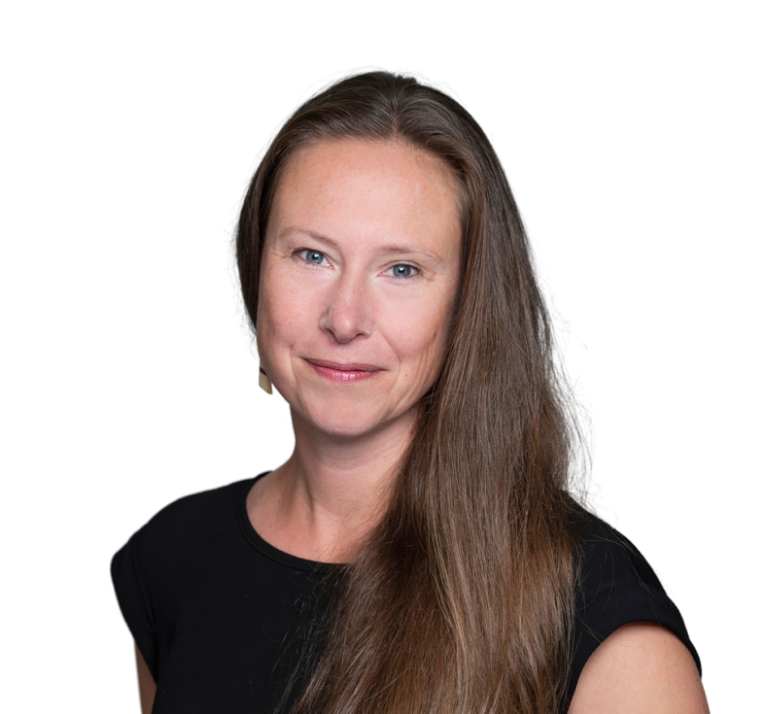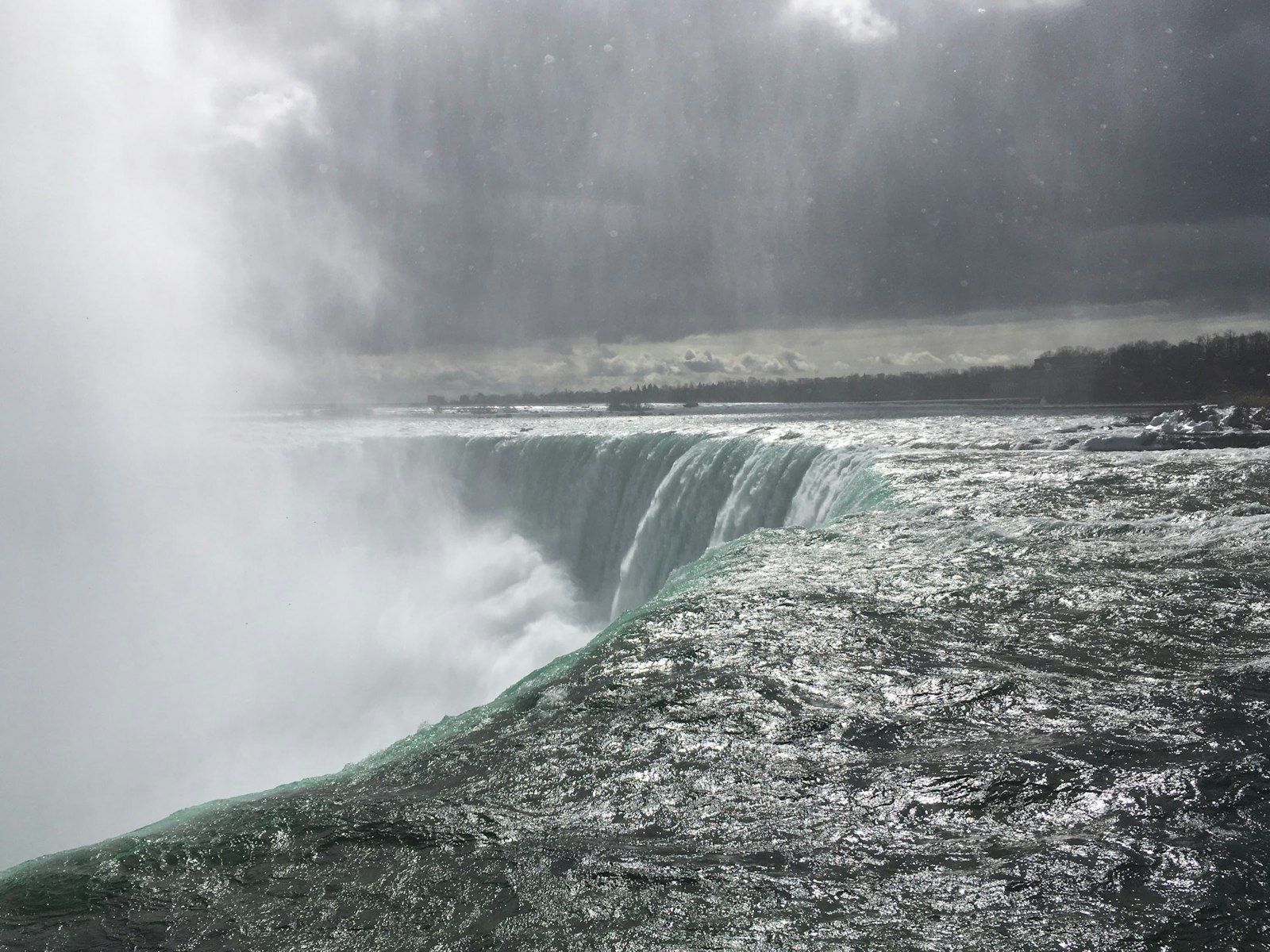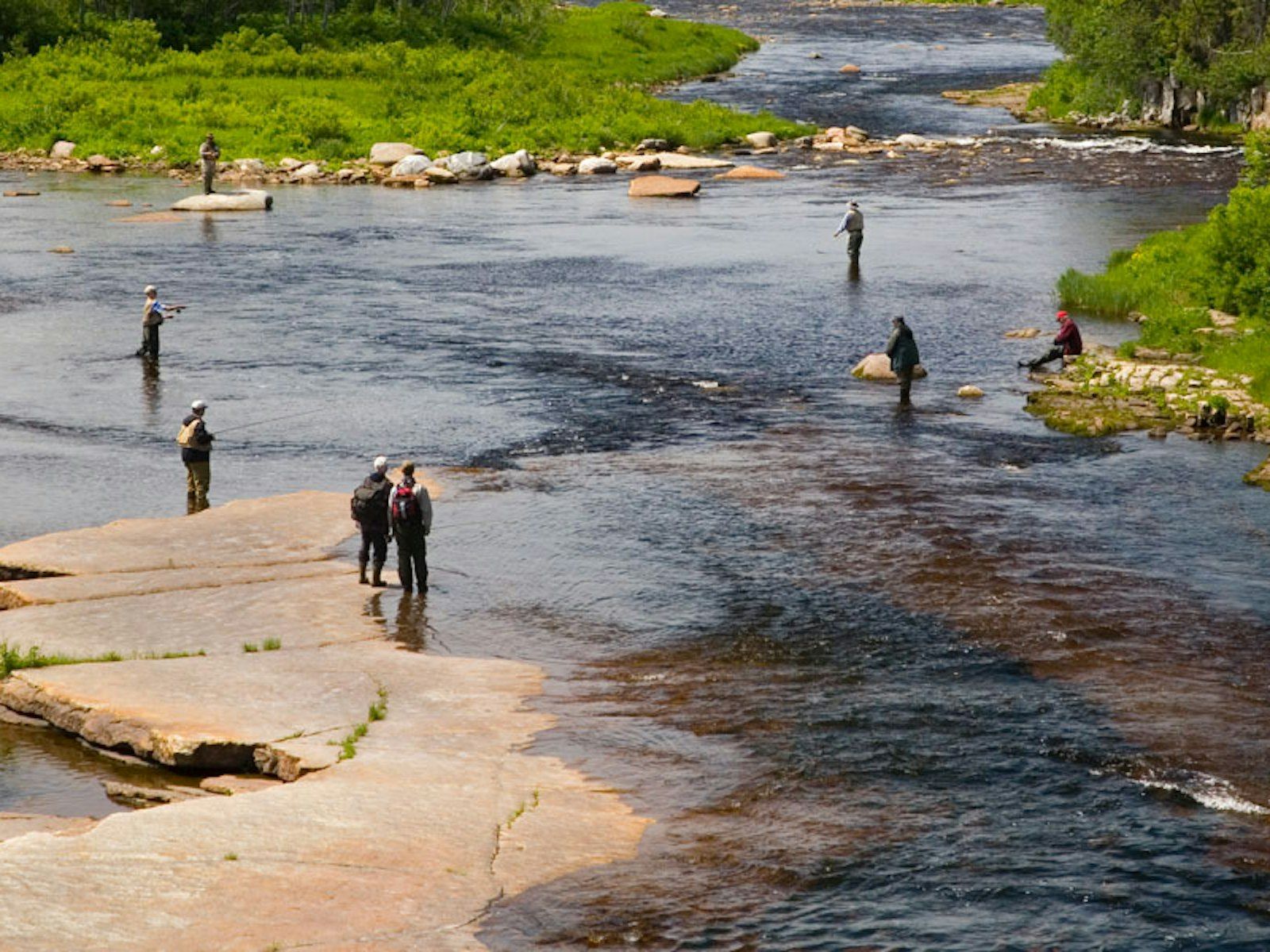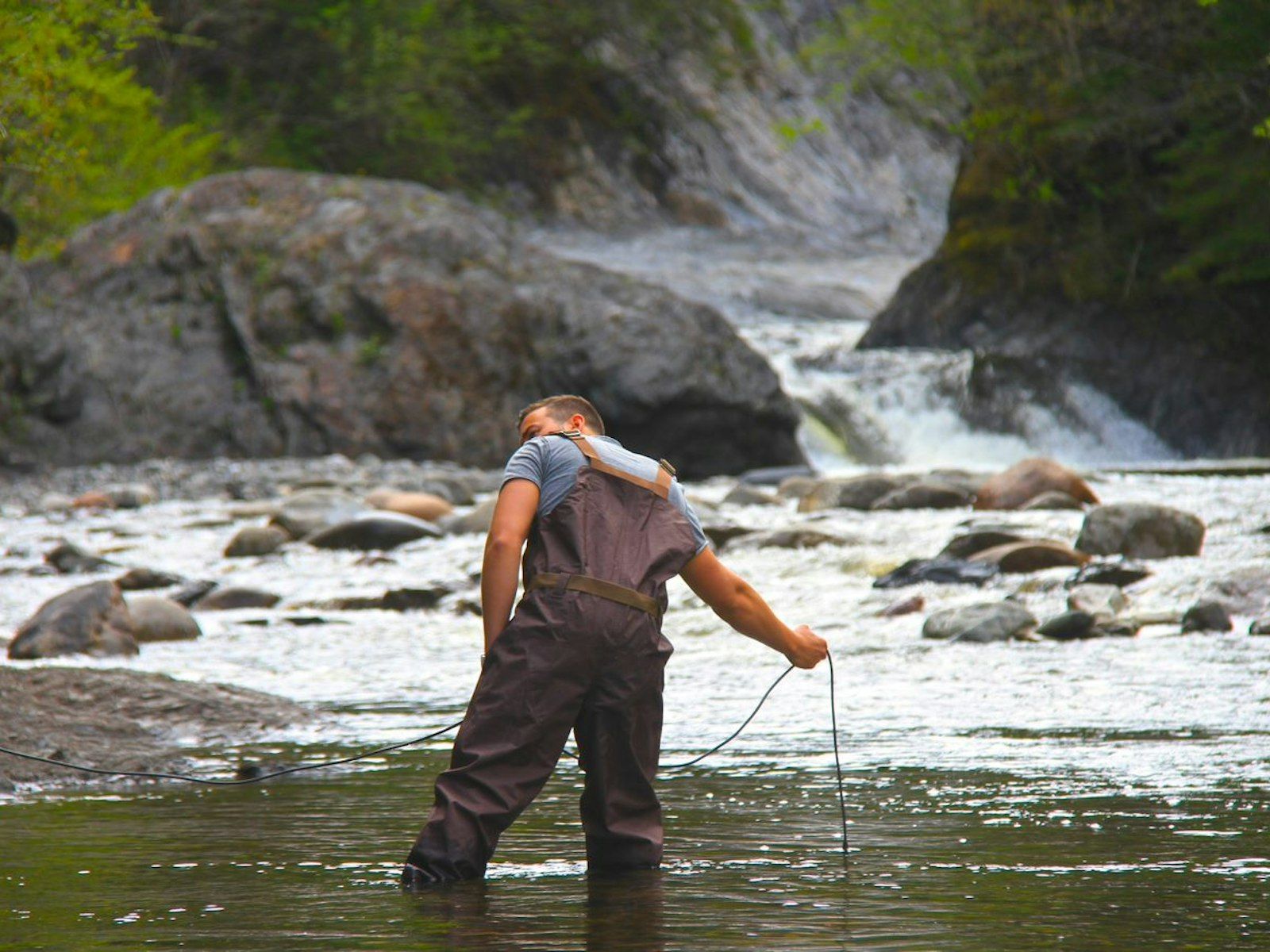Atlantic DataStream Kickoff - Breakout Summary

Atlantic DataStream Kickoff - Breakout Session Summary
On day two of the Atlantic DataStream kick-off participants gathered at the Tidal Bore Lodge for some breakout sessions, networking and discussion about moving forward with Atlantic DataStream and Atlantic Water Network.
Click Here to download the a PDF of the Session Summary
These key questions guided the conversation:
Q1: How do you plan to use Atlantic DataStream and the Atlantic Water Network?
Data storage, access and mobilization
Data management
· DataStream will be secure home to store, backup and share our project data
· A resource to help with data standardization, quality assurance and quality control (QA/QC)
Identifying data gaps and trends
· Identify water quality data gaps, priorities and research opportunities
· Putting our data in context; documenting and assessing long term changes
Contributing to the bigger picture
· Achieve regional picture of water quality and combine water data with other information to answer questions of concern
· Leveraging data collected to inform policy and protect traditional territory and shared lands and water
Communication and knowledge transfer
Education and engagement tool
· Inform the public, governments and other community groups about our monitoring efforts and results
· A source for reporting and reference material
Fostering collaboration
· A way for us to find out what other groups are doing; share successes and challenges
· Avoid duplication of sampling sites and target areas of concern lacking data
Capacity building
· Utilizing Atlantic Water Network equipment bank and training
· Learn from what other groups are doing and expertise within the network
Q2: Dream BIG – What should come next and how does it get done?
DataStream growth and expansion
· Support for the standardization of water quality data across sectors
· Connect data from across watersheds through Canada-wide expansion
DataStream technology developments
· Refine search, filter and querying functions with ability to combine datasets
· Mobile-friendly version/app for direct data entry; Interactive mapping, modelling tools and analytics
· Data use tracking
Training and Education
· Symposium, gatherings and other training and networking opportunities
· Improve water science and data literacy
Cross data-base collaboration
· Linking with other types of data
· Interoperability with other systems
Working with Indigenous ways of knowing
While DataStream was built to be a home for western-based scientific knowledge, Indigenous laws, science, and ways of knowing are also recognized as essential to informed decision-making, water stewardship, and Indigenous sovereignty. Particular considerations around working with Indigenous ways of knowing that were highlighted through the discussion included:
- Being cognizant of legal and cultural sensitivities around Indigenous ways of knowing
- Ensuring appropriate Indigenous partners for any work involving Indigenous ways of knowing
- “You can’t put a “way of knowing” into a database”
- Direct inclusion of Indigenous/Traditional knowledge is often not desirable for Indigenous communities. An alternative is to share only the metadata.
Thank you to everyone who contributed comments and suggestions!


